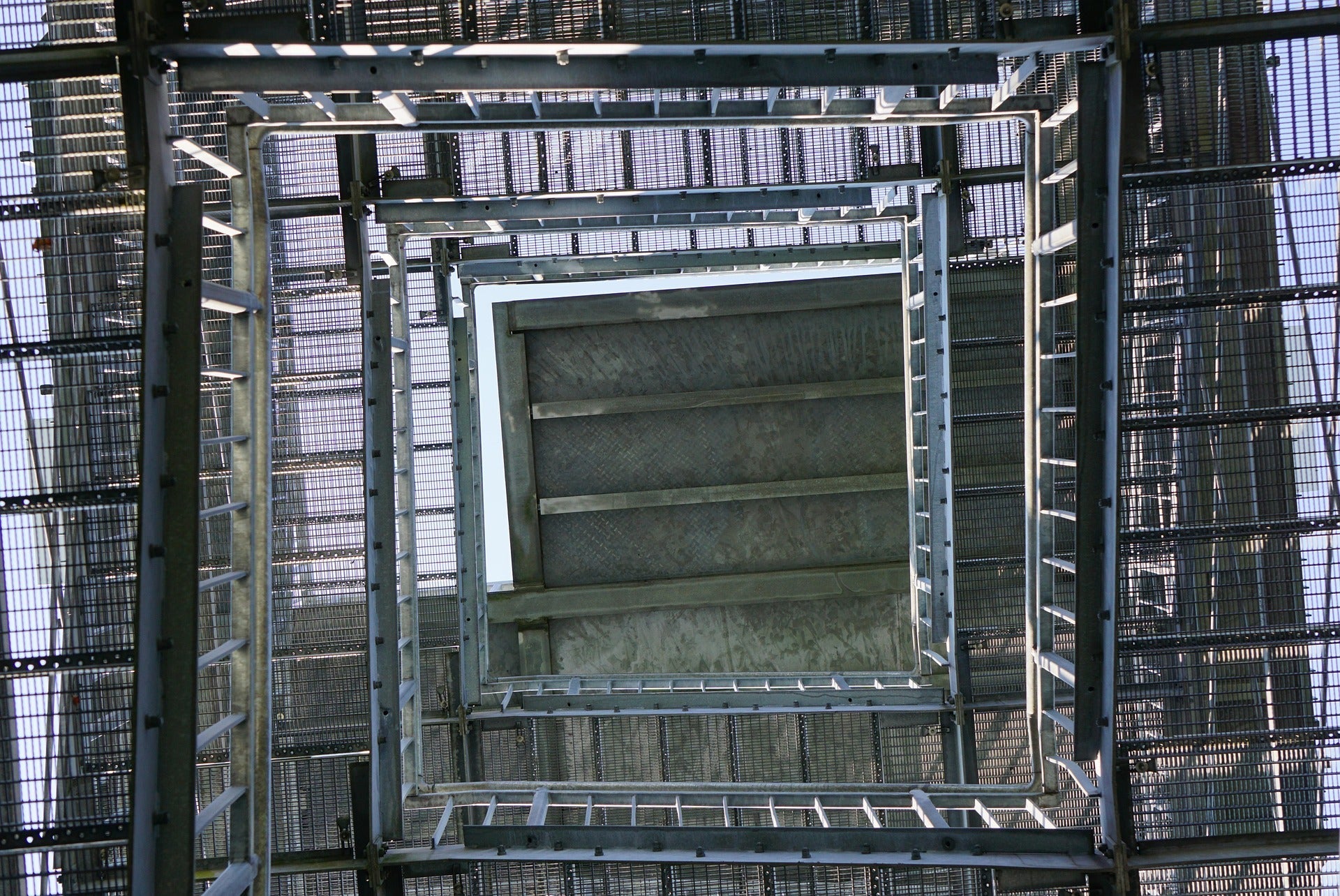Safety is paramount, especially when there are stairs involved. Whether you’re looking to enhance safety in residential, commercial or industrial settings, ensuring you have non-slip stair treads is vital for protecting the public, yourself and your employees.
Their use in the construction industry is vital to ensuring safe, non-slip walkways in particularly hazardous areas, but how do you know which stair treads are going to be right for your needs?
The material and design of stair treads are crucial considerations, as you want something that doesn’t just work but is also long-lasting and durable. Our comprehensive stair tread guide covers all the common uses for stair treads, the best materials, and the benefits so that you can ensure you are investing in stair treads that are going to last with rigorous use.
But First, What Are Stair Treads?
In short, stair treads are the horizontal part of the staircase that you step on to ascend or descend a set of stairs. Whether you’re looking for temporary stair solutions for your construction site or you’re after something more permanent for residential, commercial or industrial spaces, knowing the type of stair tread to choose is the key to success.
Common Stair Tread Materials
Stair treads can be made from a variety of different materials, and depending on your use, not all stair treads are created equal! These are some of the most common materials that stair treads are constructed from:
Steel
Steel is arguably one of the most durable and long-lasting kinds of stair treads that you may see on the market. Commonly used for industrial spaces or as temporary stairs on construction sites, galvanised steel stair treads are great for outdoors, high-traffic areas or anywhere that you may need corrosion-resistant solutions.
Steel stair treads are commonly used because they are incredibly durable and non-slip, making them great for enhancing overall stair safety in your space.
Concrete
This is more common in areas where permanent stairs are required, and you’ll commonly see them being used in outdoor public spaces that may need to be resistant to harsh weather conditions.
Concrete is another durable solution for stair treads, but it’s important to note that it isn’t non-slip, so you may need to add rubber or GRP covers to the treads to ensure they aren’t a hazard in wet or icy conditions.
Vinyl & plastic
Another option but not a particularly durable one. Vinyl or plastic stair treads are commonly used in office environments or temporary staircases as they are easy to maintain and slip-resistant.
They aren’t particularly long-lasting in any area with high traffic, or that is exposed to harsh weather conditions, though, so it’s important to keep those drawbacks in mind when looking for your ideal solution.
Safety Considerations When Choosing Stair Treads
Choosing stair treads is far more than just what aligns with your aesthetic vision, when it comes to the commercial and industrial space, it really is all about safety. You need to ensure that you are aligned with the relevant safety standards for your industry and stair treads can play a huge part in overall compliance.
These are some of the different factors you’ll need to keep in mind to ensure you’re always up to date with the most relevant safety standards:
Slip Resistance
One of the most important factors when choosing stair treads is that they have a certain level of slip resistance. This is especially important on job sites, in outdoor areas, and in industrial or commercial facilities. Textured metal is a great choice for these spaces as it can greatly reduce the risk of falls.
HSE guidelines mandate that stairs be free of spillages and obstructions and that there are adequate precautions to ensure slip resistance. By choosing a material that is already inherently non-slip, you can stay compliant from the get-go.
Durability
Having durable and long-lasting solutions isn’t just better for your pocket, it also means that the stair treads you choose will be able to withstand the demanding conditions of a job site or industrial facility with ease.
Concrete or metal stair treads are most durable and, therefore, most suitable for spaces that may have increased foot traffic, machinery that needs to be taken up or down stairs, or that are able to withstand harsh weather.
Handrails & Guardrails
Another step for stair safety that isn’t necessarily in the same realm as safety stair treads but is adjacent is handrails and guardrails. Ensuring you have handrails on your set of stairs is another great way to minimise the risk of falls or accidents. The HSE Working At Height Regulations recommend that there is a handrail with a minimum height of 950mm on at least one side of the staircase (and on both sides if there’s a particular risk).
Ensuring safe stairs is one of the simplest and most effective ways to reduce accidents and falls in your commercial or industrial space.
Protect Yourself, Your Employees & The Public
Everyone has a right to be safe when using stairs. Whether it’s the public in open residential spaces or your employees on construction sites or industrial warehouses, proper safety is paramount. Ensure you are using the correct stair treads for your application and combine that with handrails for the best results.
If you’re looking for a more bespoke solution or you’re looking for some advice from our expert team, you can contact us today to find out more about our solutions and recommendations.

